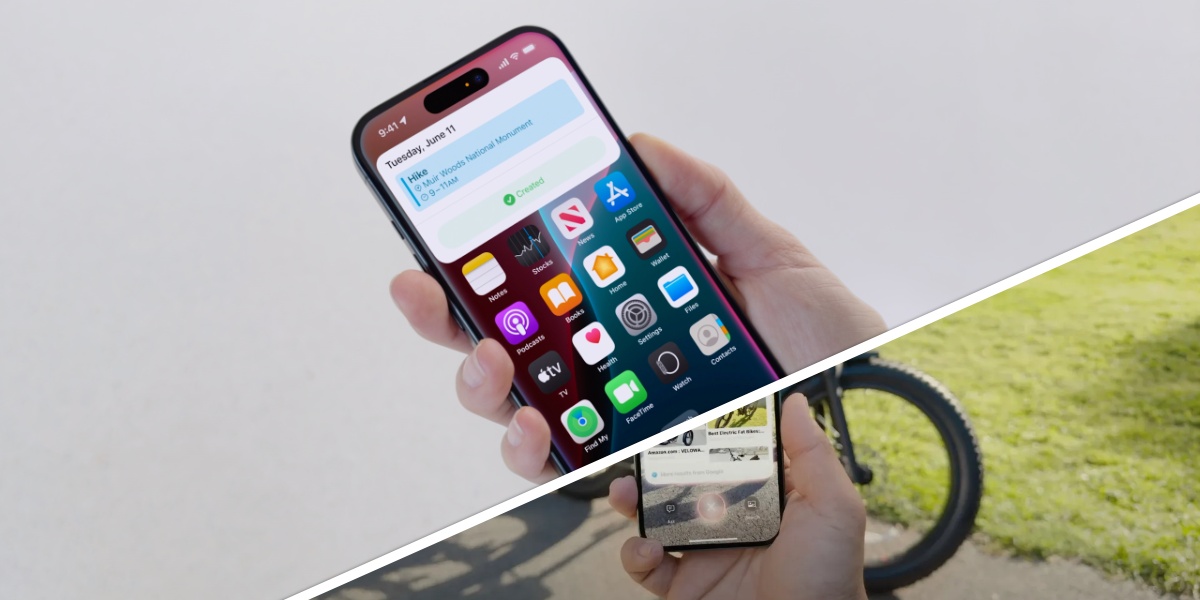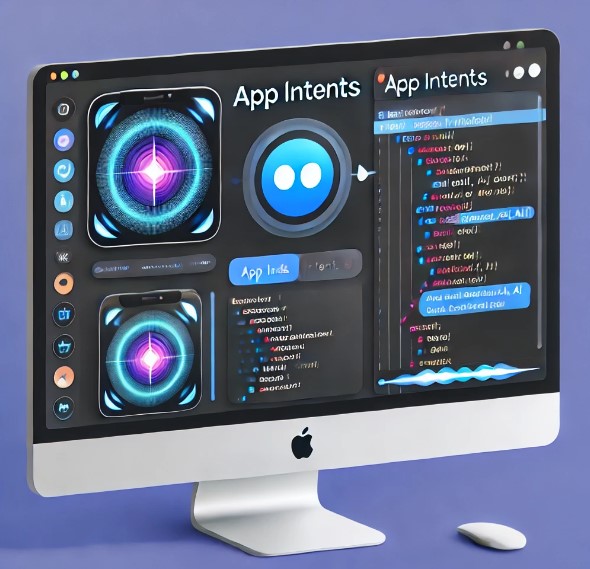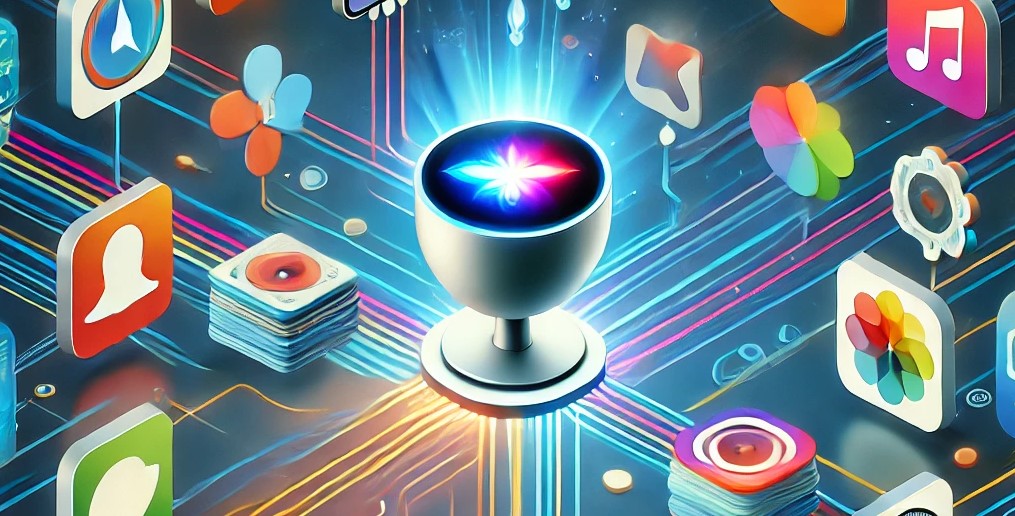Apple’s AI strategy, centered on Apple Intelligence in iOS 18, is poised to change how users interact with their iPhones, with third-party apps playing a crucial role in this transformation. While the out-of-the-box features of Apple Intelligence — like generative writing tools, summarization, and basic AI functionalities — are already impressive, the real potential lies in how third-party developers can leverage these AI capabilities to enhance app functionality and accessibility.
Apple Intelligence and the Evolving App Ecosystem

Currently, users rely on the App Store model, navigating app menus to perform tasks, which can be time-consuming and clunky. However, AI-powered assistants like ChatGPT have popularized the concept of interacting with digital systems through natural language, making tasks more intuitive. Apple Intelligence taps into this shift by offering AI-driven interactions with apps via Siri and Spotlight, streamlining workflows and expanding app functionality.
While today’s Siri allows basic voice commands, Apple Intelligence will deepen Siri’s integration with apps, allowing users to give more complex, conversational instructions. For example, users can ask Siri to “show presenter notes” in a slide deck or reference on-screen text, like a reminder to call a friend, with Siri taking immediate action. This level of interaction removes the need to navigate app interfaces manually.
Developer Tools and App Intents

At WWDC 2023, Apple revealed that App Intents would be expanded to allow deeper integration between Siri and third-party apps. Initially, only certain categories of apps — like Cameras, Mail, Photos, and Word Processors — will have access to these advanced capabilities, but the feature will likely be rolled out to all developers over time.
The goal is to make apps more accessible by voice. Users will no longer need to open an app and dig through menus; they can ask Siri to perform specific tasks within the app, even if the request is nuanced or relates to past interactions. For instance, you could ask Siri to apply a cinematic filter to “the photo I took of Ian yesterday” without manually searching for that image.
Cross-App Functionality
A significant upgrade is the ability to take actions across apps. Imagine editing a photo in a third-party app like Darkroom and then asking Siri to transfer that photo to Notes — all without lifting a finger. This seamless interaction between apps, powered by AI, could save users time and make multitasking more efficient.
Apple Intelligence also extends beyond voice interactions. The iPhone’s Spotlight search will integrate AI-driven insights, allowing users to search within apps using natural language. By incorporating app entities (photos, messages, files, etc.) into Spotlight, Apple Intelligence will make it easier to retrieve data without needing to manually navigate through individual apps.
Developer Buy-In and Challenges
While Apple is pushing its AI capabilities forward, success largely hinges on developer adoption. Developers who integrate Apple Intelligence into their apps can benefit from greater visibility and enhanced user engagement. Instead of relying on users to learn an app’s interface, developers can teach Siri how the app functions, simplifying the onboarding process.
However, Apple’s revenue-sharing model — where the company takes up to 30% of app revenues — has alienated some developers. Convincing them to embrace Siri-driven AI might be a challenge, particularly for larger developers who feel constrained by Apple’s App Store policies.
Despite this friction, AI could lure developers back in by making apps more interactive and useful, particularly as AI-powered voice interactions become more common. This shift could also appeal to smaller developers, who may see AI as a way to stand out in an increasingly crowded app marketplace.
The Role of ChatGPT and Visual Search
Another major advancement is Apple’s partnership with OpenAI. When Siri can’t answer a query, it will hand off the task to ChatGPT for additional insights. Furthermore, Apple is integrating AI into its visual search capabilities. The iPhone 16, for example, will allow users to query the web or OpenAI’s chatbot by simply pointing the camera at an object and pressing the Camera Control button. This feature could revolutionize how users interact with their environment, turning the camera into a direct portal for AI-driven answers.

Limitations and Future Potential
While these AI-powered capabilities hold promise, Apple Intelligence is still in its infancy. In its current form, Siri sometimes struggles to execute more complex requests. For example, Siri in the Photos app can send a photo but fails to perform advanced tasks like creating a sticker from an image. Until Siri can consistently handle these types of requests, the system may remain frustrating for users.
Despite these growing pains, the long-term potential of Apple Intelligence is significant. As more developers adopt the platform’s AI tools and Apple continues to refine Siri’s capabilities, users will likely experience a more fluid and intuitive interaction with their devices.
Conclusion
The true strength of Apple Intelligence lies in its ability to integrate third-party apps into an AI-driven ecosystem. By enabling developers to seamlessly connect their apps with Siri and Spotlight, Apple is reshaping the way users interact with technology. This shift from app-centric interfaces to AI-powered interactions could redefine how we perform tasks, search for information, and engage with content on our devices.
Although the AI functionality may feel incomplete in the initial stages, the groundwork Apple is laying could position it as a key player in the AI revolution. As the technology matures, Apple Intelligence could become the preferred way users interact with their apps — creating a more streamlined, efficient, and personalized experience across the iPhone ecosystem.






